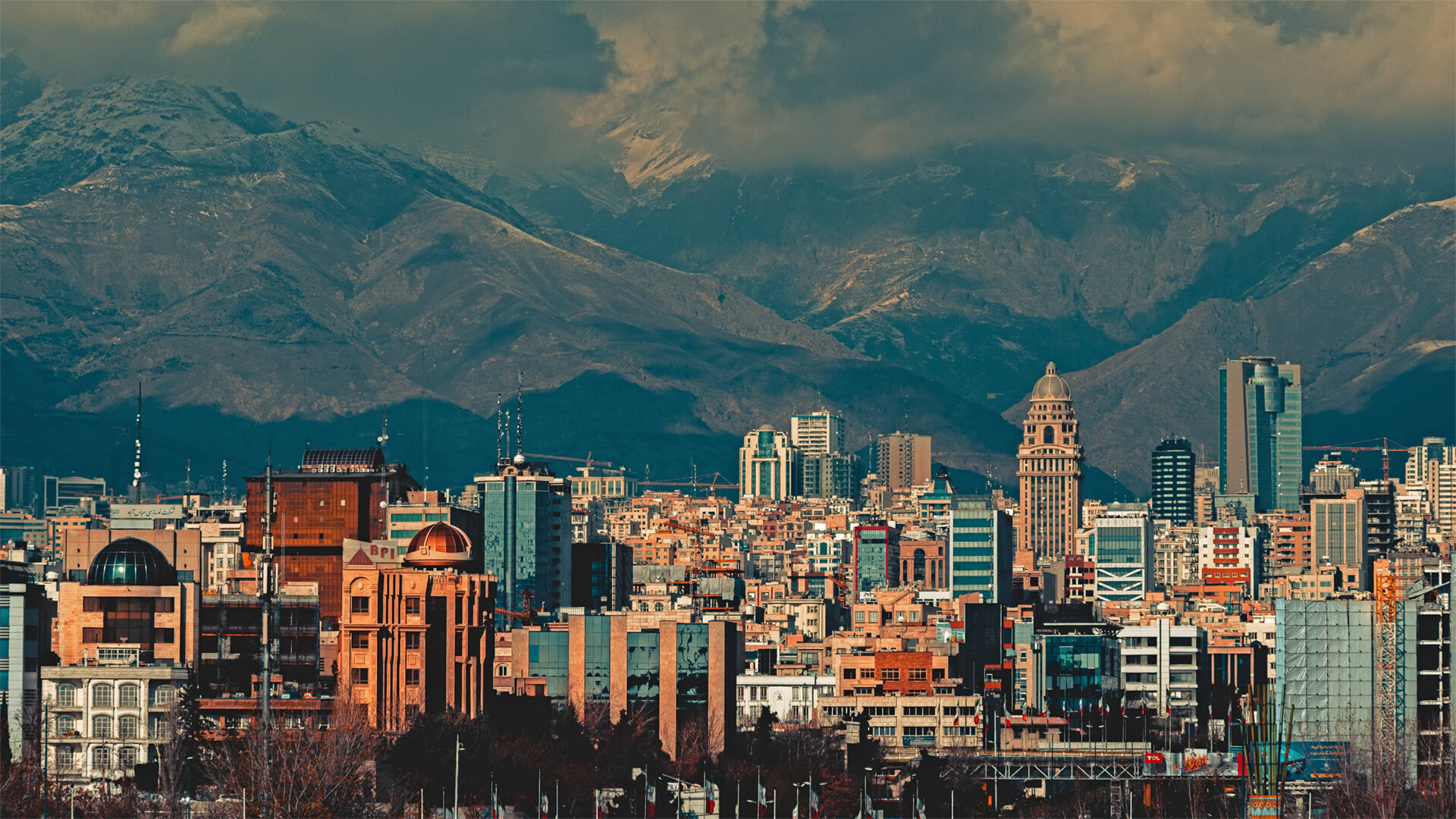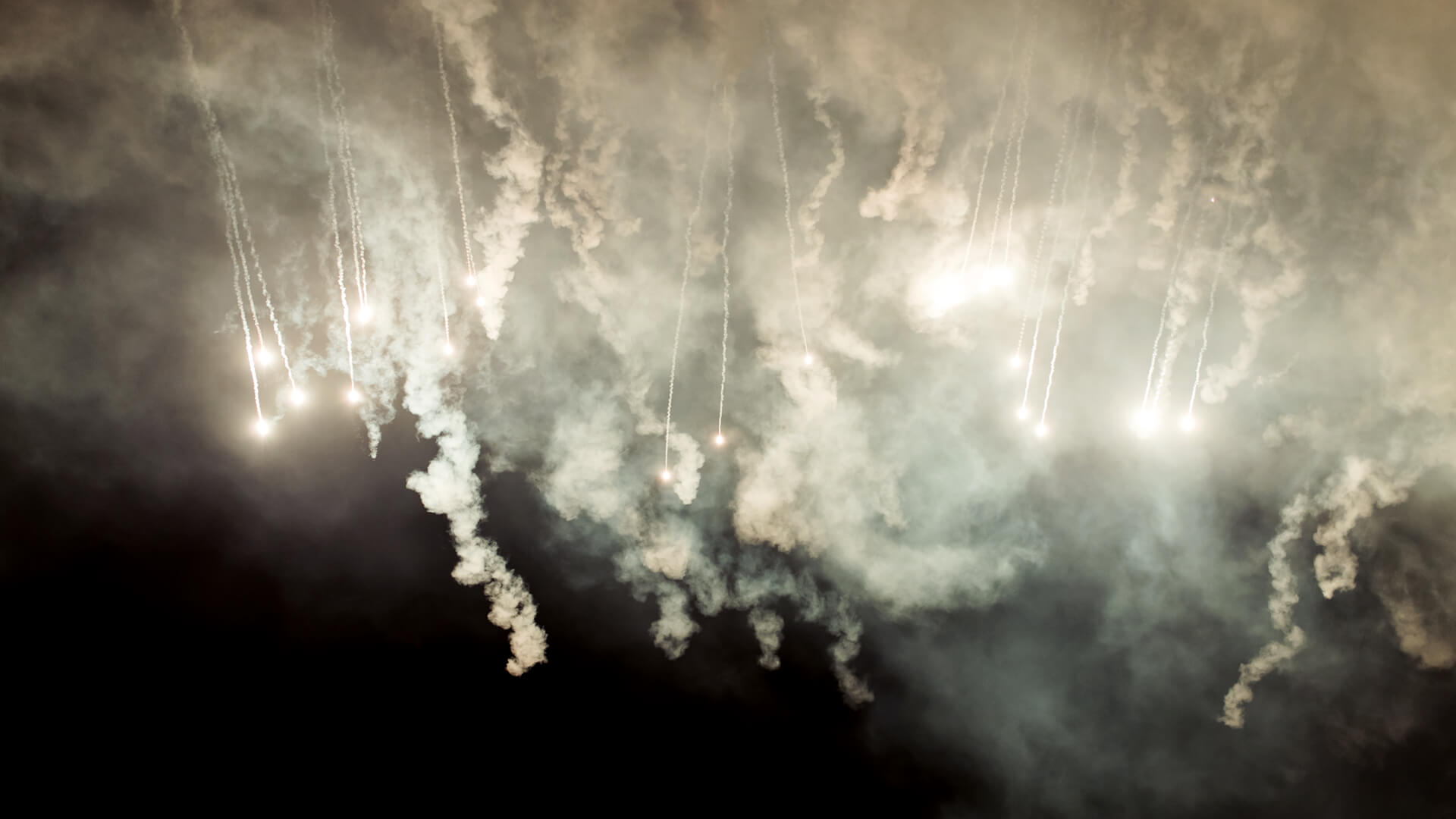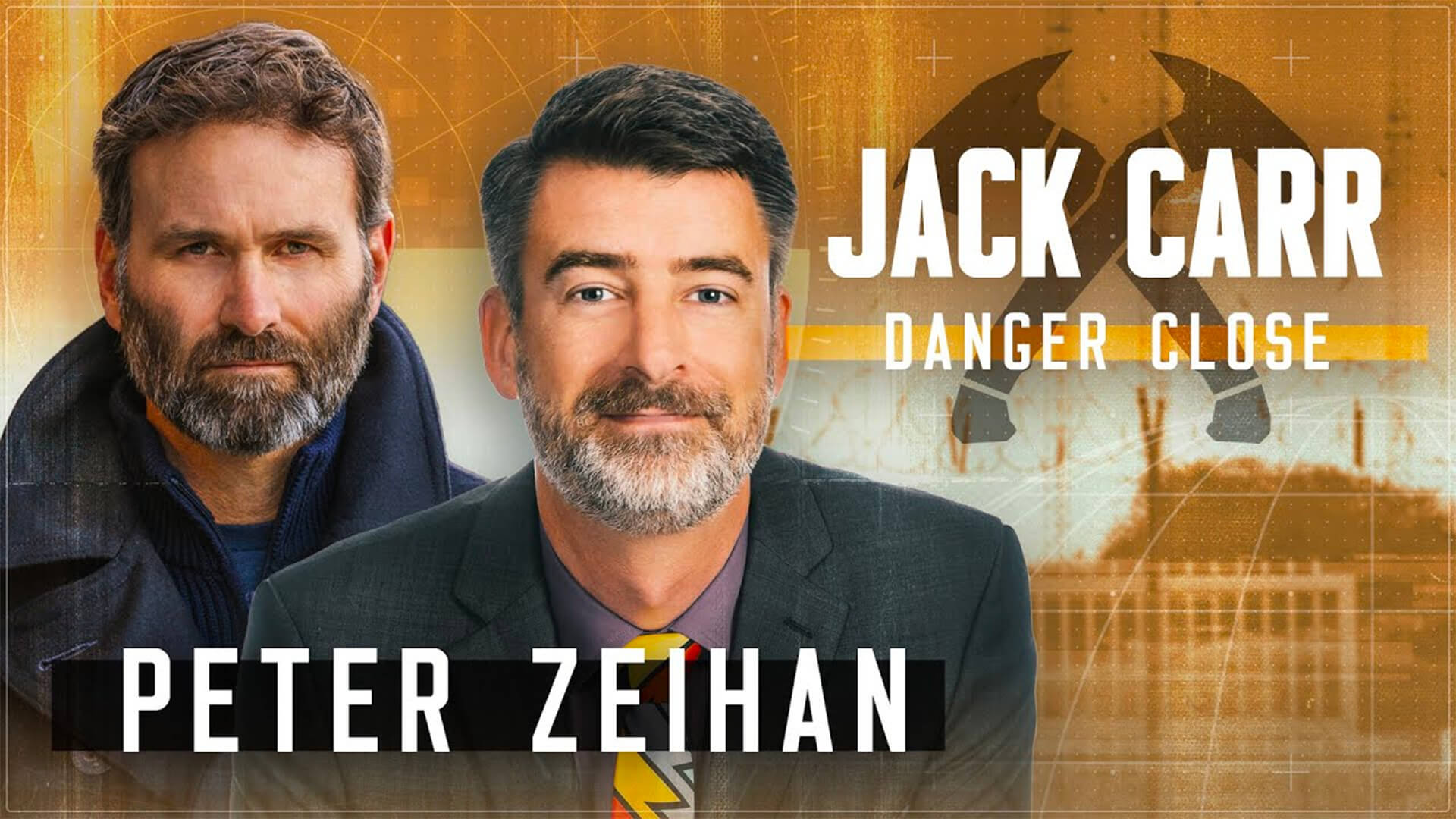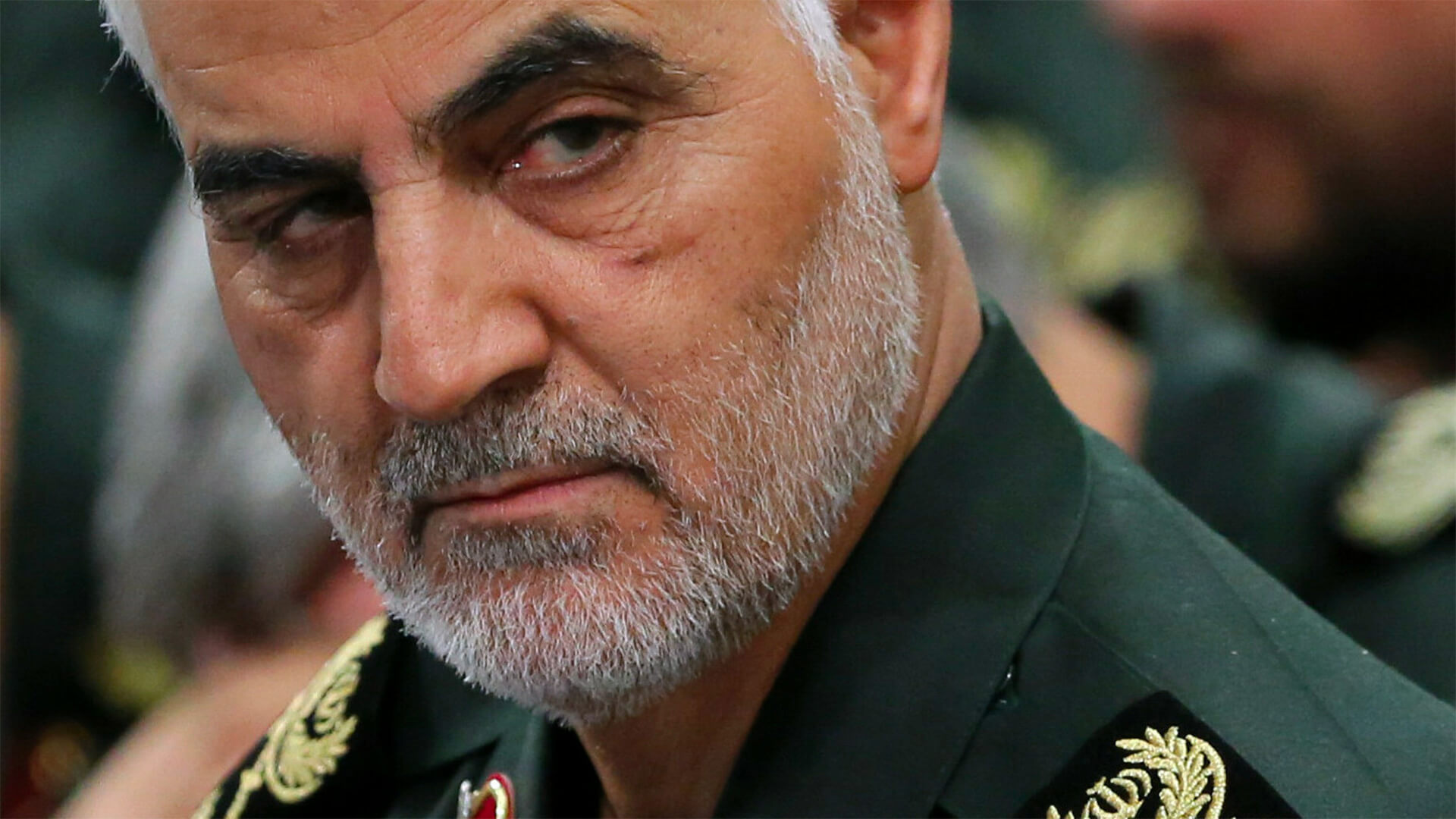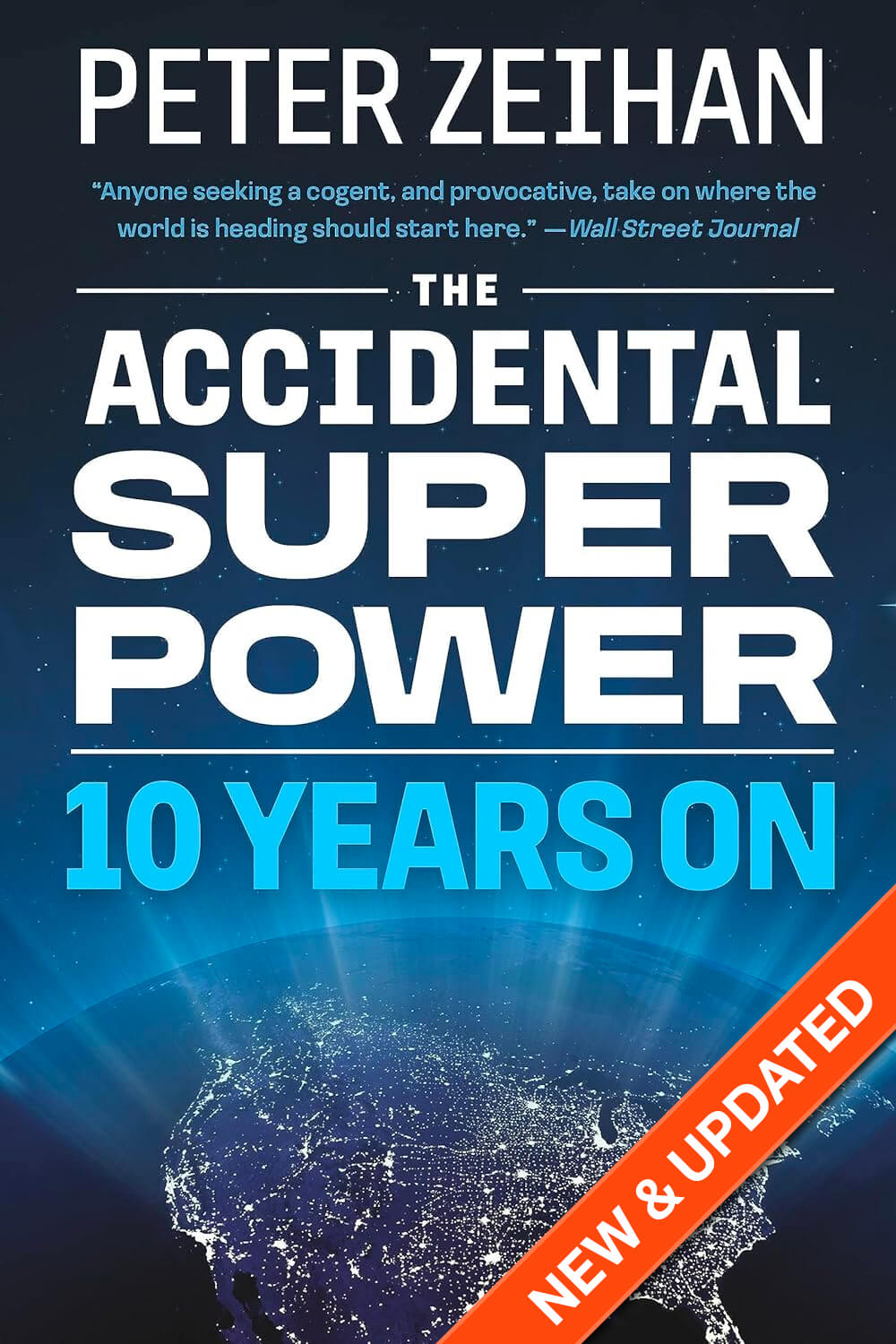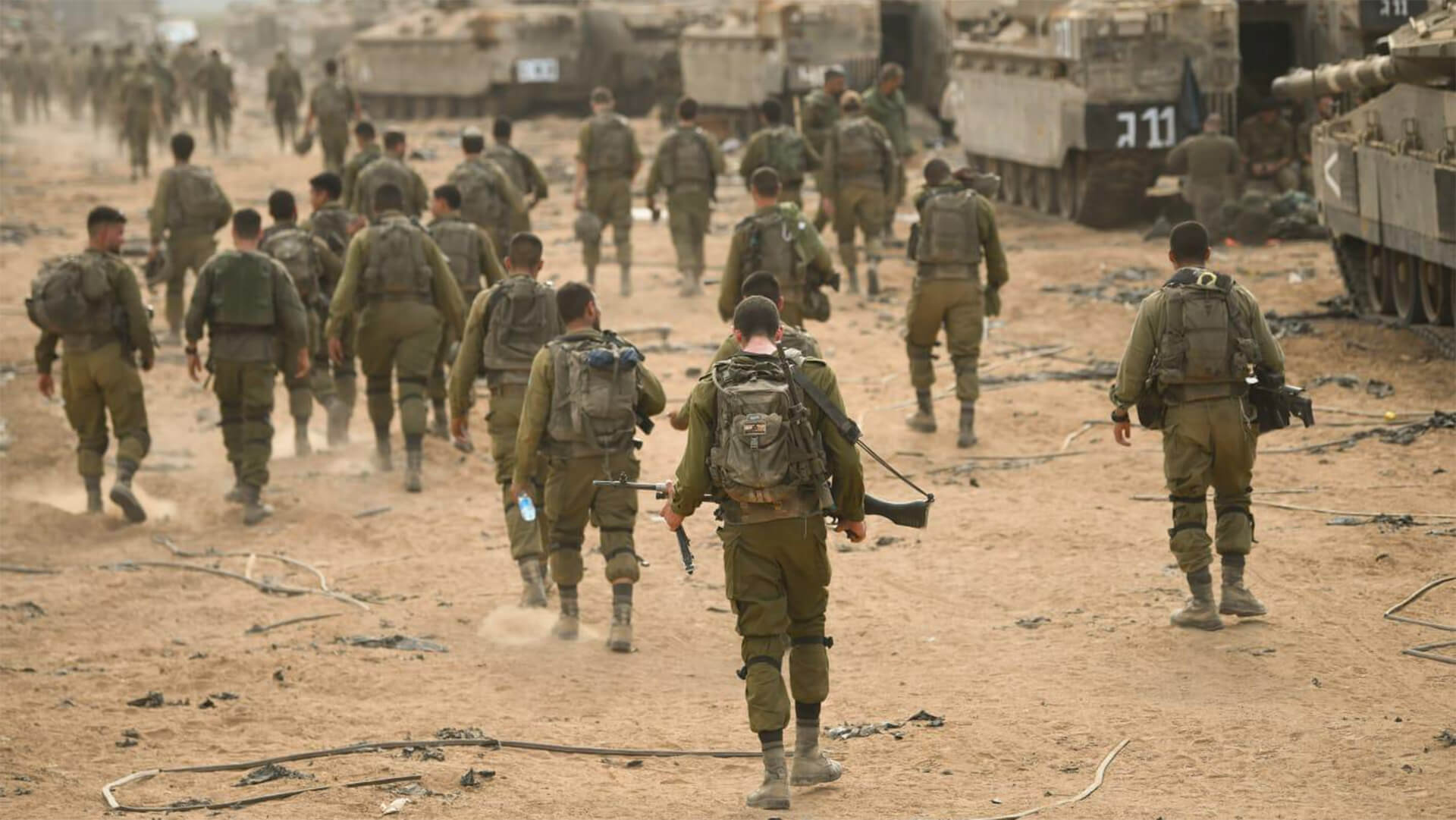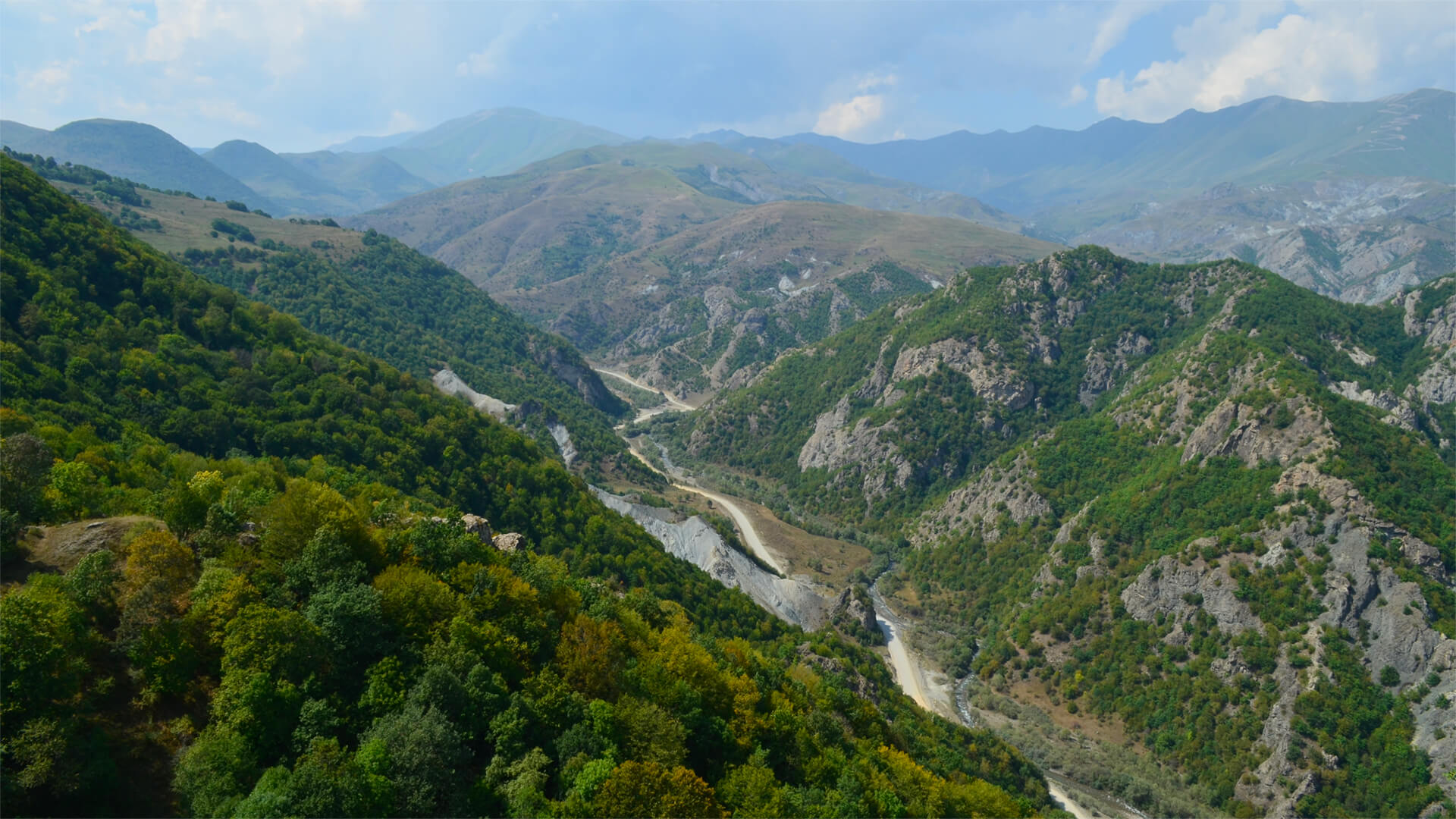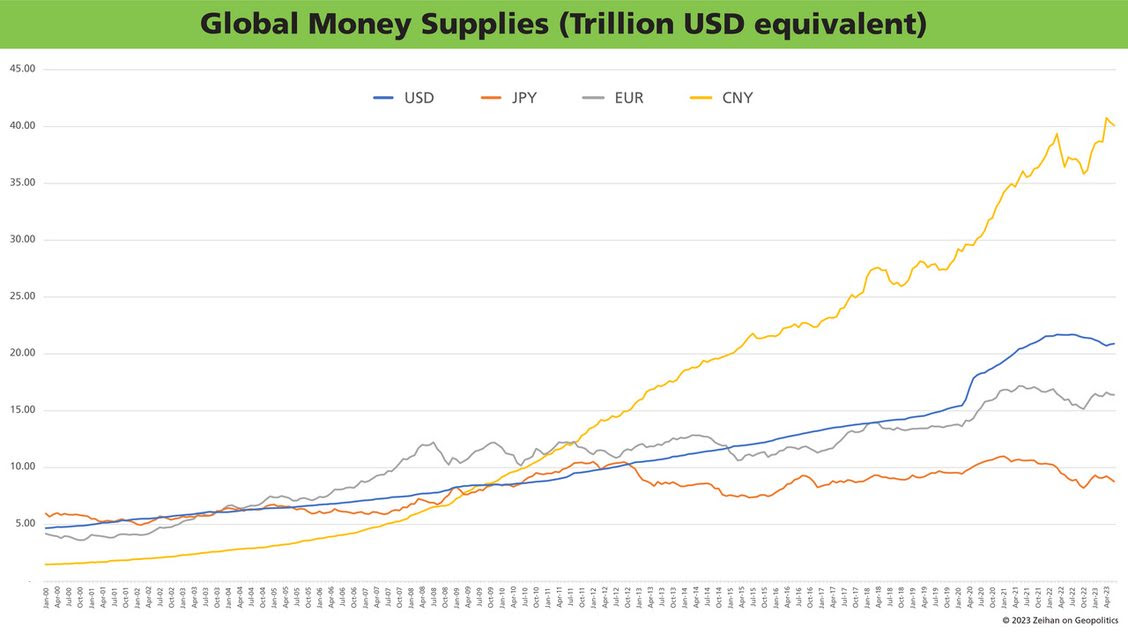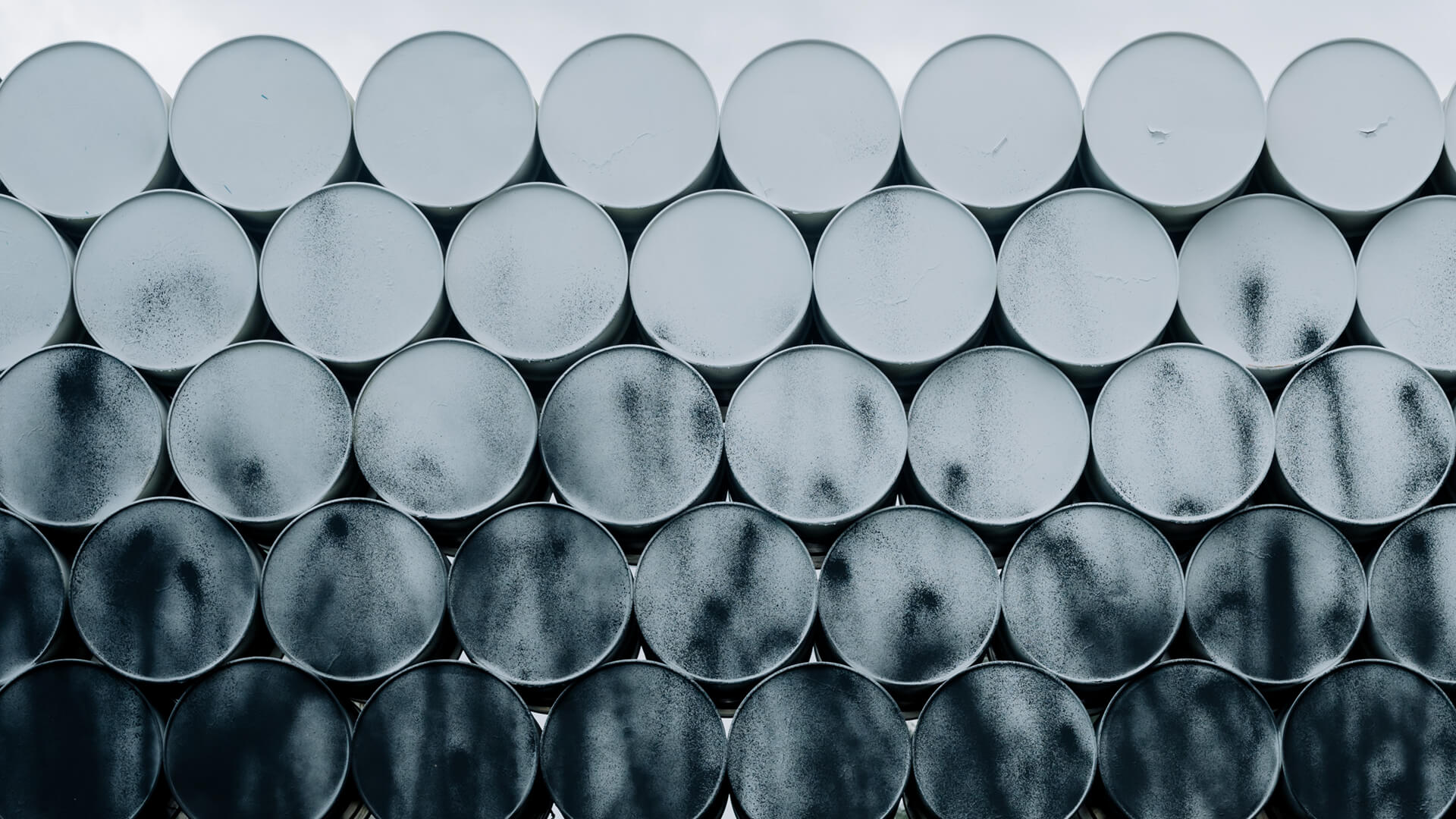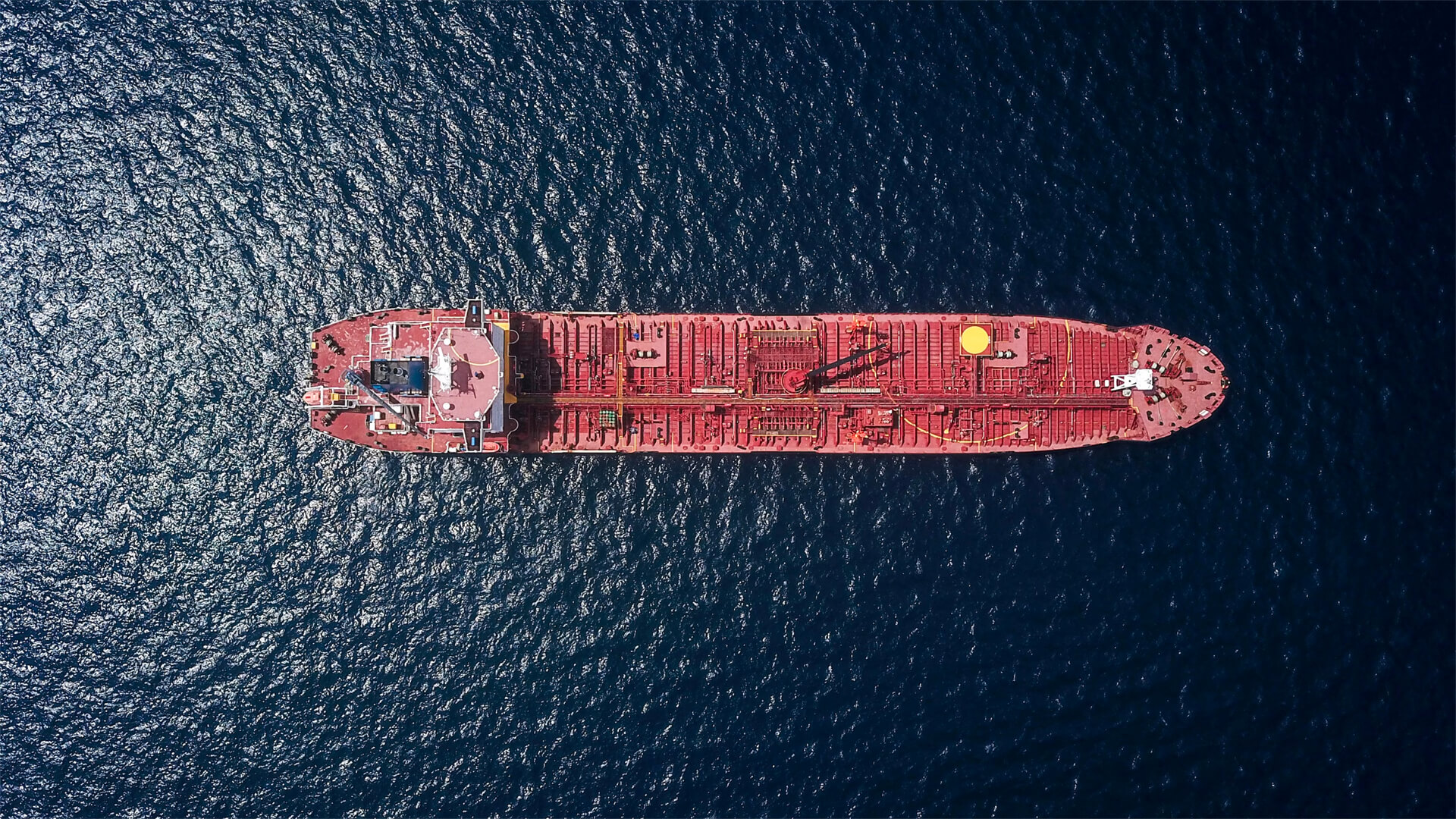Tensions between Israel and Iran have been escalating since the Hamas attacks in October, but are we going to see a full blown war between these two adversaries?
Between multiple bombings by Israel and a larger scale attack carried out by Iran, things were touch and go for a bit there. However, it appears that both sides are de-escalating the situation and will let off the gas for the time being.
Although the situation appears to be stabilizing, there could be some third party interference by a country who wouldn’t mind having a broader conflict break out…
Here at Zeihan On Geopolitics we select a single charity to sponsor. We have two criteria:
First, we look across the world and use our skill sets to identify where the needs are most acute. Second, we look for an institution with preexisting networks for both materials gathering and aid distribution. That way we know every cent of our donation is not simply going directly to where help is needed most, but our donations serve as a force multiplier for a system already in existence. Then we give what we can.
Today, our chosen charity is a group called Medshare, which provides emergency medical services to communities in need, with a very heavy emphasis on locations facing acute crises. Medshare operates right in the thick of it. Until future notice, every cent we earn from every book we sell in every format through every retailer is going to Medshare’s Ukraine fund.
And then there’s you.
Our newsletters and videologues are not only free, they will always be free. We also will never share your contact information with anyone. All we ask is that if you find one of our releases in any way useful, that you make a donation to Medshare. Over one third of Ukraine’s pre-war population has either been forced from their homes, kidnapped and shipped to Russia, or is trying to survive in occupied lands. This is our way to help who we can. Please, join us.
TranscripT
Hey everybody. Peter Zeihan here, coming to you from Colorado. We’re gonna close the loop on what’s going on with Israel and Iran. in the aftermath of the Hamas attacks in October, the Iranians were needling at Israel, in order to just get some good PR in the Arab world in back home. of course, the Israelis were a little sensitive about that.
how about everything at the moment? and so when the, Iranians got a little bit too punchy, the Israeli slapped them down by bombing the Iranian consulate in Damascus and killing a large number of high ranking, leadership, for the IRGC. That’s their, Iran’s Revolutionary Guard Corps, which carries out a lot of the military operations in Syria and Lebanon and Interface’s Hezbollah.
I basically, Israel took out the entire leadership, in Iran. Couldn’t believe they went after diplomatic grounds to do it. So, you know, anyway, Iran was like, wow, wow. Okay, they’re a little sensitive right now. We need to dial this back because we were just having some fun. And clearly they’re treating this a lot more serious than we are.
So they sent all these, missiles and drones and artillery rockets into Israel as retaliation. But they telegraphed, their attack days ahead and actually provided the technical specs to the Swiss embassy, which passed it on to the United States so that the U.S. and the Brits and the Jordanians and the Israelis could basically just light it all up and, shoot them down one after the other.
And no one was hurt and no meaningful damage was done. the question then was, what’s next? Because the Americans were like, all right, hey, yeah, this is great. This is a great climbdown. You get to claim face, we get to say coalition is working, and the Israelis get to say that their Iron Dome missile defense works great.
Everybody wins. The only potential, for the ointment is looking at Israel. Are you okay? and Israel decided mostly was. So what happened this last Friday is Israel did a counter strike, on Iran. But the only thing that they took out was the air defense at a very specific military facility in Israel. Had just happens that military facility in Michigan was right next to the primary Iranian nuclear research facility.
so basically, the Iranians, the Israelis are like, yes, we’re not bro’s, but we’re cool for now. But just to underline the fact that we could have done so much more, even without any help from the United States. So at the moment, everyone is backing off, and at the moment it seems that no one in the Middle East is interested in a broader conflict, with the exception, of course, of the Russians, who would love it as a distraction.

